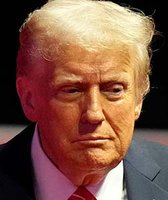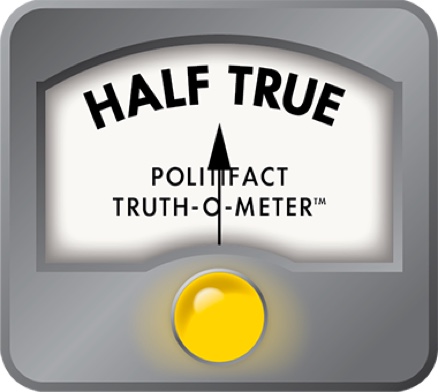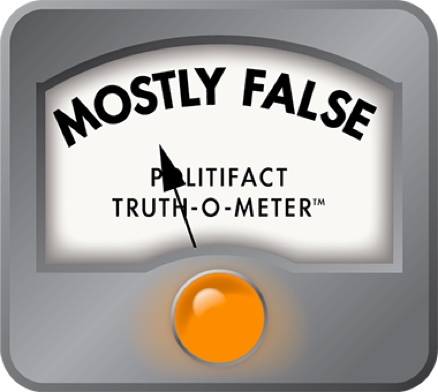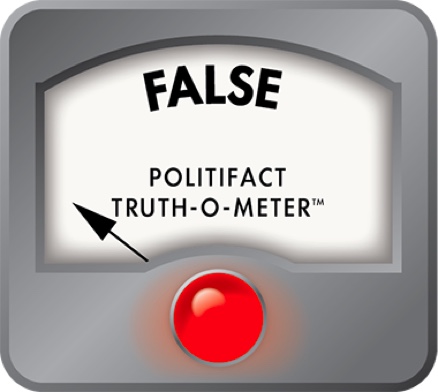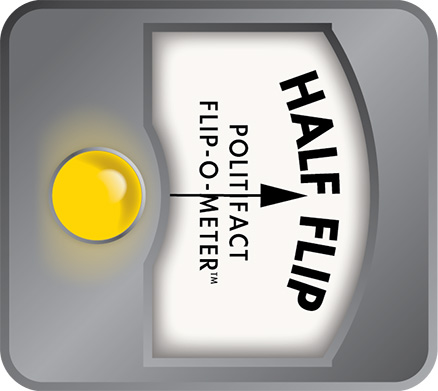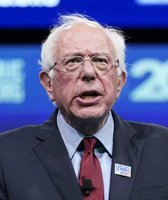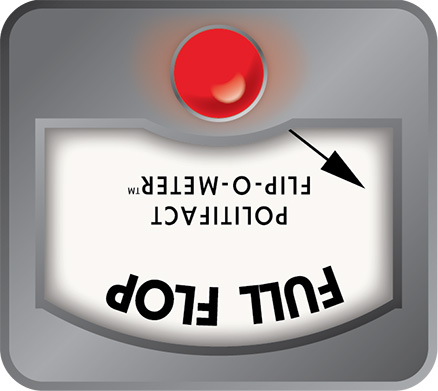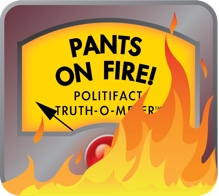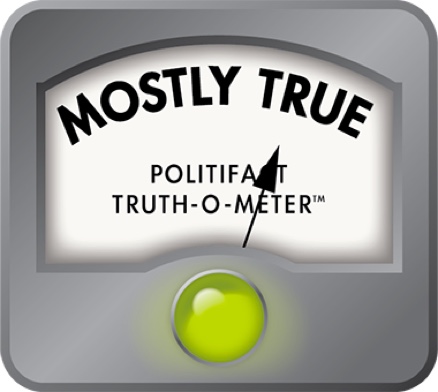Stand up for the facts!
Our only agenda is to publish the truth so you can be an informed participant in democracy.
We need your help.
I would like to contribute
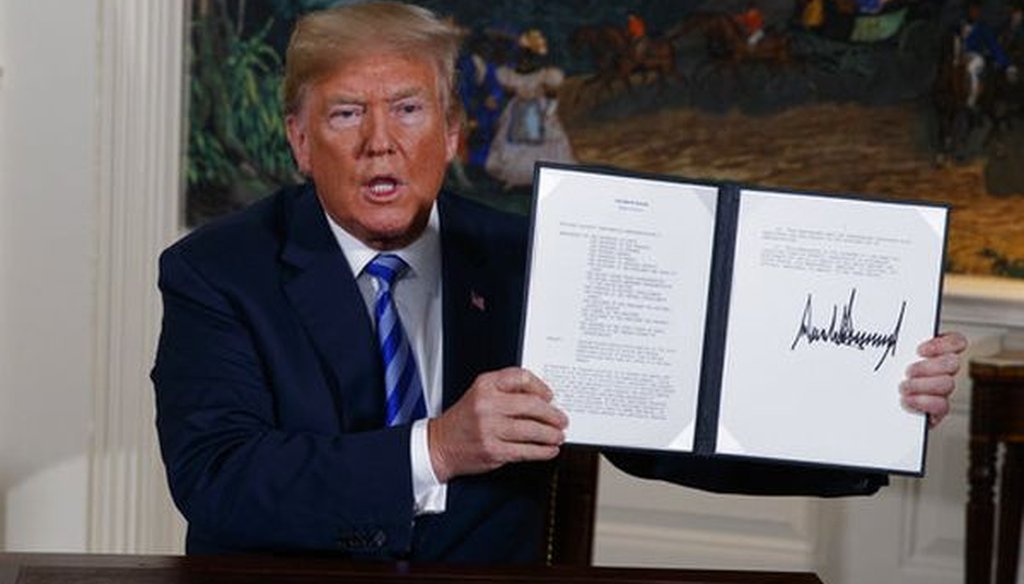
President Donald Trump shows a signed presidential memorandum after delivering a statement on the Iran nuclear deal from the White House on May 8, 2018. (AP/Evan Vucci)
If Your Time is short
-
Under the 2015 Iran nuclear deal, Iran agreed not to pursue nuclear weapons and allow continuous monitoring of its compliance in exchange for relief from economic sanctions. The agreement was set to expire over 10 to 25 years.
-
President Donald Trump withdrew from the agreement in 2018. He broke his 2016 campaign promise to renegotiate the agreement.
-
President Joe Biden said he wanted a "longer, stronger" agreement. That didn’t happen, either.
President Donald Trump has repeated his push for a nuclear deal with Iran in recent days, seven years after he walked away from a multilateral deal that allowed the U.S. government to monitor Iran’s weapons program.
Trump has vowed to stop Iran from obtaining a nuclear weapon since announcing his candidacy in June 2015. During his first term, Trump withdrew the U.S. from the deal signed by his predecessor, President Barack Obama, and then broke his 2016 campaign promise to negotiate a new one.
As Trump considers the role of the U.S. in Israel’s efforts to take out Iran’s nuclear capabilities, our readers sent us questions about the federal government’s past efforts to stop Iran from obtaining a nuclear weapon.
Some on the left are blaming Trump’s 2018 exit for Iran’s nuclear capabilities.
"Now the world is reaping the whirlwind of his historic mistake," said Sen. Edward Markey, D-Mass.
Sign up for PolitiFact texts
It’s difficult to know exactly what Iran, the U.S. and other countries would have done if the agreement remained in place.
"I don’t know what would have happened if he hadn’t withdrawn the U.S. from the deal," Lisa Koch, an expert on American foreign policy and nuclear weapons and a Claremont McKenna College associate professor of government, told PolitiFact. "But I can say that if the United States had stayed in the (Iran agreement), and if everything had continued to go as it had been going between January 2016 and the U.S. withdrawal, Iran would still have an internationally monitored nuclear program and would not possess uranium enriched to the level at which Iran could decide to build nuclear bombs on a short timeline."
What was the Iran nuclear deal?
Obama campaigned on a promise to make sure that Iran did not obtain a nuclear weapon. His administration secured an agreement, formally known as the Joint Comprehensive Plan of Action, or JCPOA, that was signed in 2015 by the United States and Iran as well as China, Russia, France, Germany and the United Kingdom.
Under the deal, Iran agreed not to pursue nuclear weapons and to allow continuous monitoring of its compliance in exchange for relief from economic sanctions. Different parts of the agreement were scheduled to last between 10 and 25 years. Obama officials hoped for future renegotiations.
Iran agreed to relinquish nearly all of its enriched uranium stockpile (97%) and 70% of its centrifuges, which are used to enrich uranium. It also agreed to stop plutonium production and to dismantle its plutonium reactor.
Some Democrats joined Republicans in opposition, but they did not have enough votes to block the deal. Critics said it didn’t address other actions by Iran, including support for terrorism, and that it posed a threat to Israel.
We reported in 2017 that Iran had largely complied with the deal, and many experts praised the pact for keeping nuclear weapons out of the hands of Tehran. Over the 28 months the deal was in effect, the International Atomic Energy Agency said it found Iran committed no violations, aside from some minor infractions that were addressed.
Why did Trump drop out of the Iran nuclear deal?
In May 2018, Trump announced he was pulling the U.S. out of the deal.
"This was a horrible one-sided deal that should have never, ever been made," Trump said. "It didn't bring calm, it didn't bring peace, and it never will."
Trump said he believed the deal should have allowed international weapons inspectors to have greater access to Iranian military sites and that it should have covered Iran’s missile program.
What happened after Trump dropped out?
After dropping out of the compact, the U.S. put economic sanctions on Iran over its nuclear program. Iran reduced its compliance with the deal and stopped complying with international inspectors.
"This expanded Iranian enrichment activities, bringing it closer to the capability to produce a bomb, while reducing the visibility of those activities and making them harder to monitor," said Brendan Green, an expert on nuclear strategy and associate professor at the University of Cincinnati.
Trump and officials in his administration said they wanted a new deal, but that never happened.
President Joe Biden, who advocated for the agreement as Obama’s vice president, called for a "longer and stronger" agreement if Iran returned to compliance. That never happened, either.
What would have happened if Trump hadn’t withdrawn?
We can’t know with certainty what would have happened had Trump remained in the agreement.
As a non-proliferation tool, the Obama deal’s key challenge was that many of the key restrictions on Iran would have started expiring in 2025. "If no changes were made to the deal, Iran was going to be in a position to do all of the things that would bring it right up to the threshold of getting a nuclear weapon, and to do so legally," Green said.
Matthew Kroenig, a Georgetown University government professor who was an Iran deal critic, rejected the accusation that Trump is to blame for the current situation with Iran. Kroenig worked under Republican and Democrat administrations, including Obama and Trump’s first term.
"I think Iran is to blame, they are the ones that have had an illegal nuclear program for 20 years," Kroenig said. "This is the most hopeful moment for dealing with that challenge in the last 20 years."
Kroenig said the U.S. is in a better place now than it would have been if it was operating under an agreement that was going to expire. "The program may be gone by the end of the week," he said.
Matthew Bunn, a Harvard University nuclear arms control expert, said pulling out of the agreement means that "Iran is much closer to the bomb than it ever has been before. Today, Iran can produce enough material for several bombs in a matter of weeks — then it would have been a matter of months."
Now the U.S. has "very few options available to stop them other than war. We missed the chance to do it diplomatically because of the false hope we could get a better deal by forcing them to capitulate," Bunn said. (When Obama officials were working on the deal, they would sometimes speak with Bunn, he told PolitiFact.)
More experts said adherence to the agreement as written — with Iran’s compliance and the U.S. staying in — would have slowed down Iran’s nuclear capabilities.
"We would have bought ourselves several years more of a contained nuclear program and transparency into it, the space to negotiate something longer/stronger (as Biden proposed in 2020 and ostensibly in line with even Trump's goals), and would be no worse today than we were several years ago," said Richard Nephew, senior research scholar at Columbia University who worked at the State Department under Biden. "But, critics said that if we're gonna have a crisis, we might as well have one early. They got their wish."
RELATED: Why a possible U.S. attack on Iran could break a longstanding U.S.-Israel pattern
RELATED: Does Donald Trump have sole power to decide if and when to strike Iran? Or does Congress have a say?
Our Sources
White House, President Trump Has Always Been Clear: Iran Cannot Have a Nuclear Weapon, June 17, 2025
President Donald Trump, Truth Social, June 16, 2025
Council on Foreign Relations, What Is the Iran Nuclear Deal? Oct. 27, 2023
New York Times, Lawmakers Against the Iran Nuclear Deal, Sept. 10, 2025
Miami Herald, VP Joe Biden meets with Jewish leaders in Davie on Iran deal, Sept. 4, 2016
Roll Call, Speech: Donald Trump Announces His Candidacy in New York, NY, June 16, 2015
Sen. Ed Markey, X post, June 12, 2025
Jewish Insider, Why the Biden administration stopped talking about a ‘longer and stronger’ nuclear deal with Iran, Aug. 31, 2022
Ballotpedia, Iran nuclear agreement: Congressional review, 2015
White House, President Donald J. Trump Is Reimposing All Sanctions Lifted Under the Unacceptable Iran Deal, Nov. 2, 2018
State Department, Maximum Pressure Campaign on the Regime in Iran, April 14, 2019
PolitiFact, "PolitiFact Sheet: 6 things to know about the Iran nuclear deal," Sept. 8, 2015
PolitiFact, Iran has no nuclear capability yet, Dec. 9, 2016
PolitiFact, Is Iran complying with the nuclear deal? For the most part, yes, June 14, 2017
PolitiFact, "Donald Trump says wrongly the Iran nuclear deal expires in 7 years," May 2, 2018
PolitiFact’s Trump-O-Meter, "Trump announces U.S. exit from Iran nuclear deal," May 8, 2018
PolitiFact, "Trump withdraws U.S. from the Iran nuclear deal. Here's what you need to know," May 8, 2018
PolitiFact, "Donald Trump's vow to renegotiate a deal with Iran is at a standstill," Jan. 4, 2019
PolitiFact, Trump’s pledge to renegotiate Iran deal remains at standstill as election nears, July 15, 2020
PolitiFact, "Trump, top officials send mixed messages on Soleimani, Iran," Jan. 13, 2020
PolitiFact, How close is Iran to building a nuclear weapon? Jan. 9, 2020
Email interview, Richard Nephew, senior research scholar at Columbia University and U.S. Coordinator on Global Anti-Corruption at the Department of State (2022-2024), June 18, 2025
Email interview, Brendan Green, University of Cincinnati associate professor, June 18, 2025
Email interview, Lisa Koch, associate professor of government, Claremont McKenna College, June 18, 2025
Telephone interview, Matthew Kroenig, government professor, Georgetown University, June 18, 2025
Telephone interview, Matthew Bunn, professor of the practice of energy, national security, and foreign policy at Harvard, June 18, 2025


